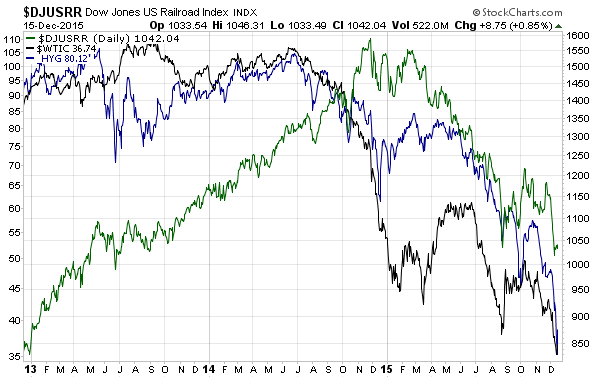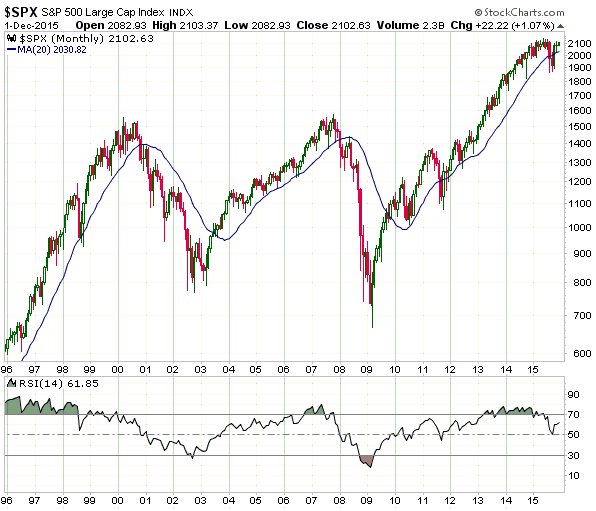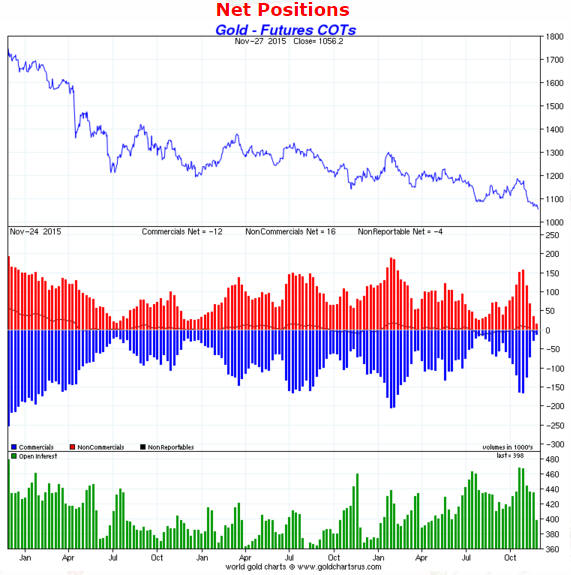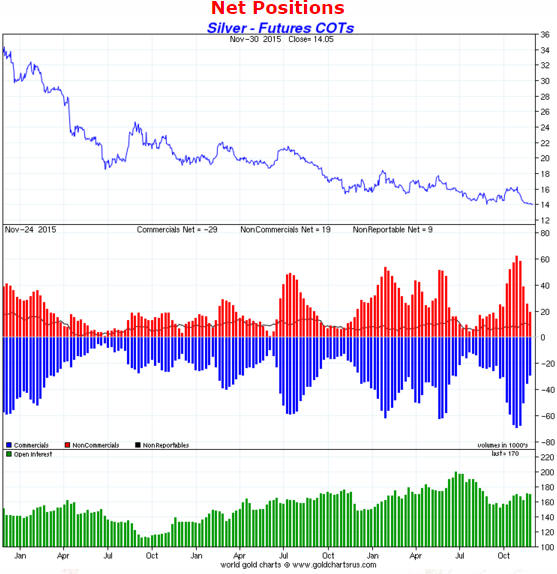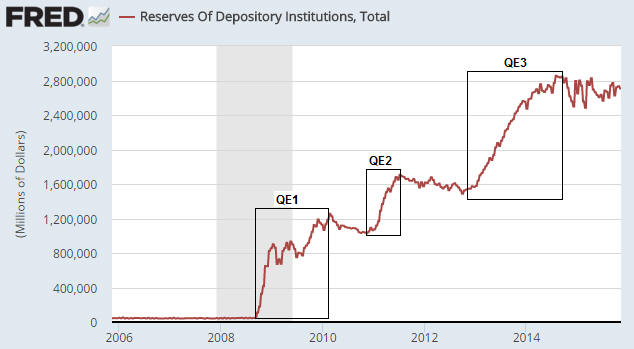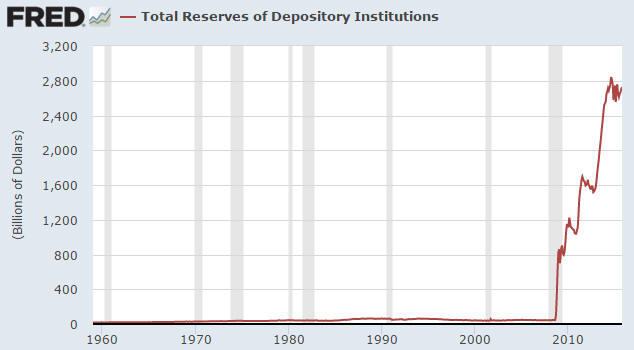The decline in house prices that began in 2006 wasn’t the cause of the 2007-2009 economic bust. The cause was widespread mal-investment resulting from monetary inflation and the Fed’s interest-rate manipulation. However, the 2006 reversal in house prices set off a series of falling economic dominoes due to the fact that the housing market was where a disproportionately large amount of the mal-investment and associated debt happened to be. The reason for mentioning this is that the 2014 downward price reversal in the oil market might have played the same role as the 2006 downward reversal in the housing market, because this time around a disproportionately large amount of the mal-investment and associated debt happened to be linked directly or indirectly to the booming oil industry.
A lot of high-yield debt was linked both directly and indirectly to the booming US oil industry, which is why proxies for the US high-yield bond market reversed downward at almost the same time as the oil price in mid-2014. With ETFs such as JNK (the Barclays High Yield Bond Fund) and HYG (the iShares High Yield Bond Fund) having made new 6-year daily-closing lows on Monday 14th December there is little doubt that the US high-yield corporate bond market is immersed in a cyclical bearish trend. In effect, the falling of the oil domino knocked down the high-yield bond-market domino.
Another of the dominoes to fall in reaction to the oil reversal is the railroad industry. The railroad business boomed due to a large increase in the demand for rail cars to carry oil from the oil-fields and supplies to the oil-fields. In this case the reaction was delayed, as it wasn’t until late last year that investors began to connect the dots. Last week the Dow Jones US Railroad Index (DJUSRR) made a new 2-year low and is clearly immersed in a cyclical bear market.
The following chart provides a visual representation of the falling dominoes discussed above. Notice that HYG (the blue line), an ETF proxy for high-yield bonds, began to fall almost immediately after the oil price (the black line) turned down, whereas DJUSRR (the green line) trended upward for an additional 5 months before toppling over.
There’s a high risk that economic dominoes will continue to fall until there are none left standing, but be warned that it could be a very drawn-out process. During the preceding cycle there was a 2-year gap from the reversal in the housing market to a general capitulation, and this time around the monetary backdrop is more bullish.
 Print This Post
Print This Post

